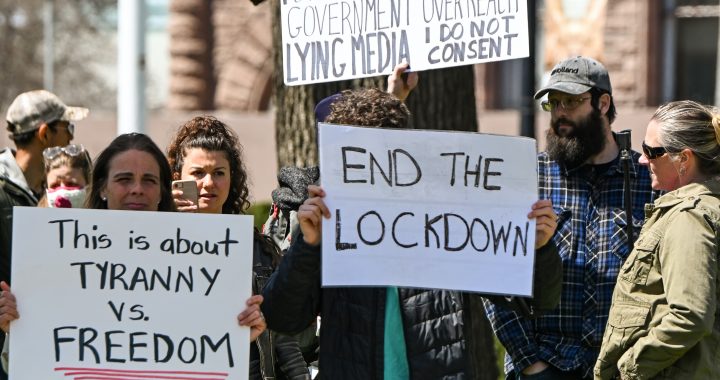
This is why “93% of communication is nonverbal” is a myth
Have you ever heard of the claim that 93% of communication is nonverbal? This often-repeated claim states that 55% of what you communicate comes from your facial expressions, 38% from your tone of voice, and the words you speak are only responsible for 7%. Although non-verbal communication is of course important, these numbers are not true at all. What is wrong with them? And where do they come from?








